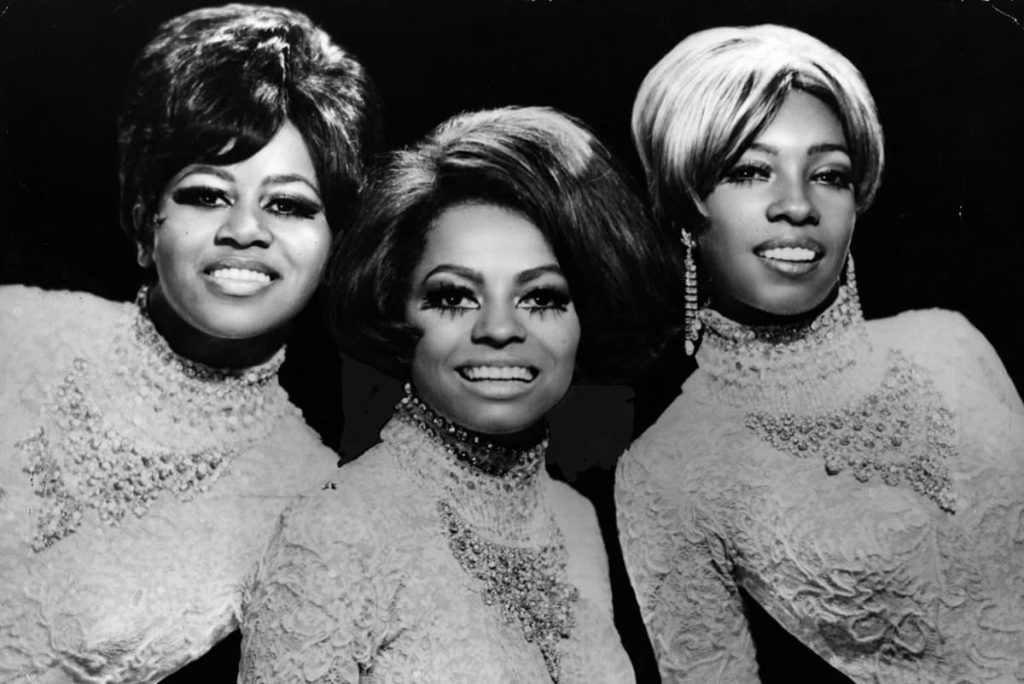
The Supremes’ “Come See About Me”: A Timeless Classic That Defined an Era
When The Supremes released “Come See About Me” in 1964, they were at the height of their success, riding the wave of Motown’s infectious sound that was taking over the music world. The track, recorded for the legendary Motown label, was a perfect blend of soul, pop, and R&B, showcasing the unique chemistry of Diana Ross, Mary Wilson, and Florence Ballard. This song wasn’t just another hit—it was the third in a historic run of five consecutive number-one singles on the Billboard Hot 100, cementing The Supremes as a dominant force in the music industry.
“Come See About Me” opens with a distinctive fade-in, a pioneering technique that added an extra layer of intrigue and sophistication to the song’s production. This innovative approach was one of the first instances where a fade-in was used on a studio recording, setting the tone for a track that would become an instant classic. Produced by Motown’s powerhouse team, Holland-Dozier-Holland, the song was crafted during a two-week period that also saw the recording of other iconic hits like “Baby Love”. Coming on the heels of “Where Did Our Love Go,” which had been their biggest success to date, “Come See About Me” was poised to continue their reign at the top of the charts.
And reign it did. The song first hit the number-one spot on the Billboard Hot 100 chart on December 13, 1964, holding that position until December 18, before returning to the top from January 10 to January 16, 1965. It also reached number 3 on the soul chart, demonstrating its broad appeal across different audiences. Critics were effusive in their praise; Billboard described the song as having a “pronounced Detroit beat, steady and exacting,” while Cash Box noted the group’s “top-of-the-chart form” with this “pulsating stomp-a-rhythmic” number.
Interestingly, The Supremes weren’t the first to issue the song as a single. That distinction belonged to Nella Dodds, whose version peaked at number 74 on the Billboard Hot 100. However, once Motown realized the potential of The Supremes’ version, they quickly released it as a single, which unfortunately eclipsed Dodds’ version. Despite this, The Supremes’ recording of “Come See About Me” became the definitive take, solidifying its place in music history.
The impact of “Come See About Me” was further amplified by The Supremes’ live performances, including their debut on The Ed Sullivan Show on December 27, 1964. This appearance was the first of 17 performances on the popular CBS variety program, each one helping to build their legend. The group even recorded a German version of the song, titled “Johnny und Joe,” demonstrating their international appeal.
The song’s enduring legacy is not just in its chart-topping success, but in the way it blended upbeat music with lyrics that carried a deeper emotional weight. As Bloc Party frontman Kele Okereke noted, “The words had a real sad weight, but the music was bouncy. Great!” This juxtaposition of sorrow and joy, woven together in a tapestry of Motown brilliance, is what makes “Come See About Me” a timeless classic that continues to resonate with audiences today.
The Supremes managed to create a track that was both commercially successful and emotionally impactful, a combination that helped to define an era and influence countless artists who followed. “Come See About Me” remains a shining example of the magic that happens when great songwriting, powerful production, and unparalleled vocal talent come together.